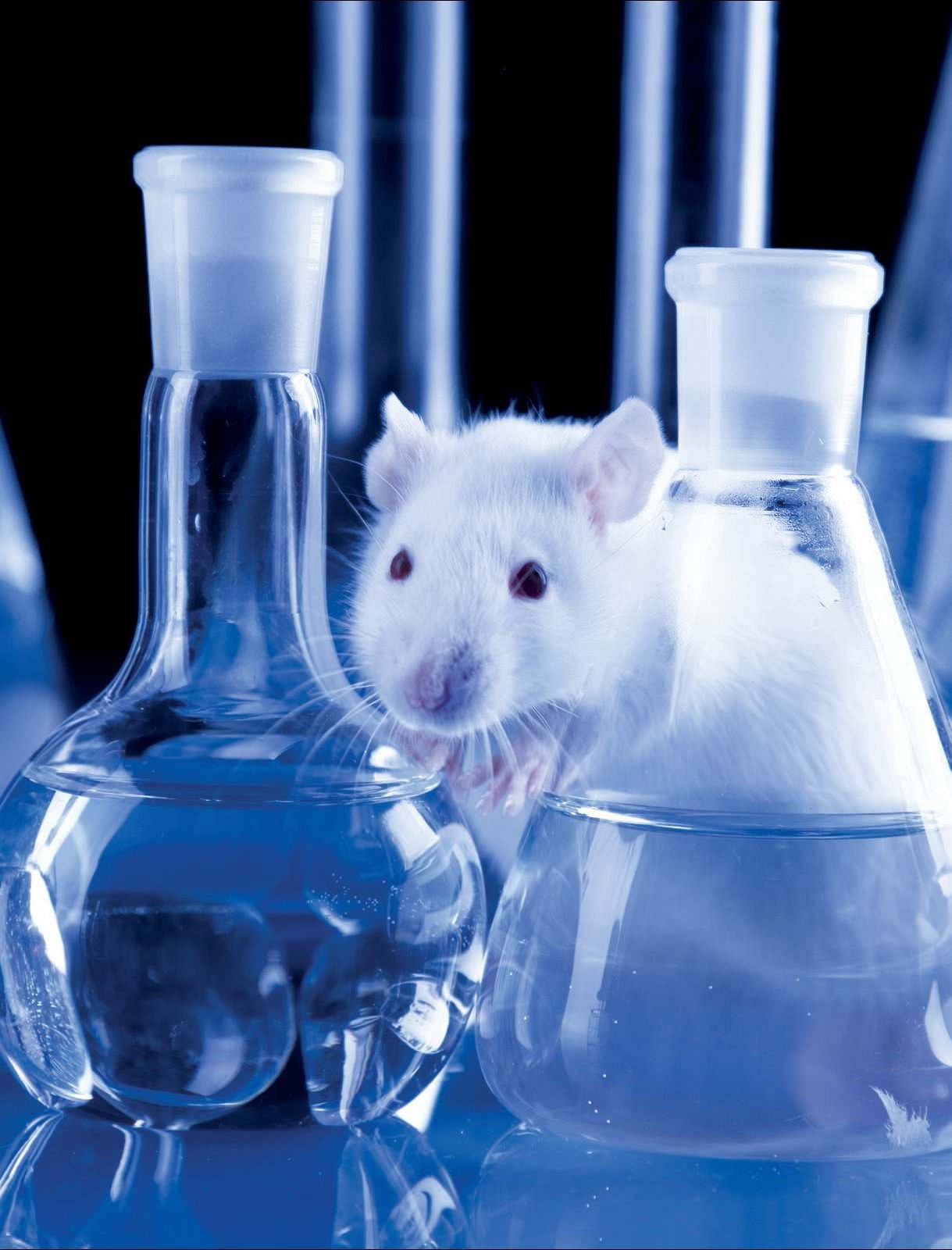
‘Cruelty-free’ is something that we as vegans strive to encompass in everything we do, eat, wear and use. It’s difficult to think about the sheer scale of animal tests that are conducted around the world each day for the sake of humans, but it’s something that needs to be confronted. Across the globe, testing happens throughout the cosmetics, food and drink, medical, warfare, animal health, cleaning, and educational industries, where animals (many genetically modified) are forced to test the safety of products from mascara and dog food, to bleach and hearing aids, as well as in experiments that stem from pure scientific curiosity. Research by Cruelty Free International (CFI, crueltyfreeinternational.org) and Animal Free Research (AFR, animalfreeresearchuk.org) estimates that at least 115 million animals are used in experiments worldwide each year. Worse still, it has been found that animal experimentation is not in decline, and in many parts of the world it is actually increasing in frequency, or remaining at the same level as it was in the 80s and 90s, when less was known about the sentience of animals. Although many countries have made progress with bans on using animals to test cosmetics (for example, EU member countries, Australia and Canada), these prohibitions are a grain of sand in the scale of the other experiments that are still legally required, or allowed, involving animals.
When most people think of laboratory animals, they might think of rabbits, rats, mice, and monkeys, but species you wouldn’t expect are also often used, like fish, dogs, guinea pigs, cats, and horses, as well as endangered species. All of these creatures have the capacity to feel fear and pain, and they suffer immensely when they are poisoned, infected with diseases, blinded, or electrocuted in tiny, windowless cages.
What is the current UK legislation?
In Britain, animal research laws are set out in the Animals (Scientific Procedures) Act 1986 (ASPA) and enforced by the Home Office. Permission to work with animals is granted by the Home Office by licence only. According to gov.uk: “The use of animals in research projects takes place only when it is necessary to replicate the complex interactions of a whole living body and there is no practical alternative. The use of animals is closely monitored and carried out according to standards and conditions set down by the licensing authority, the Home Office.”